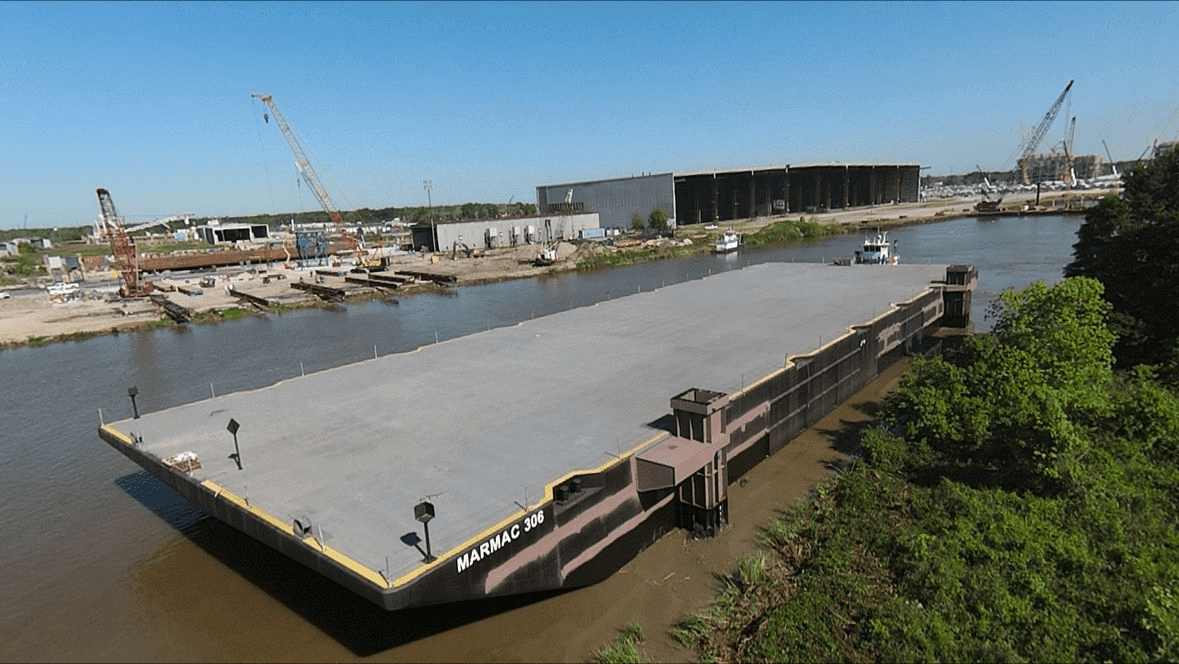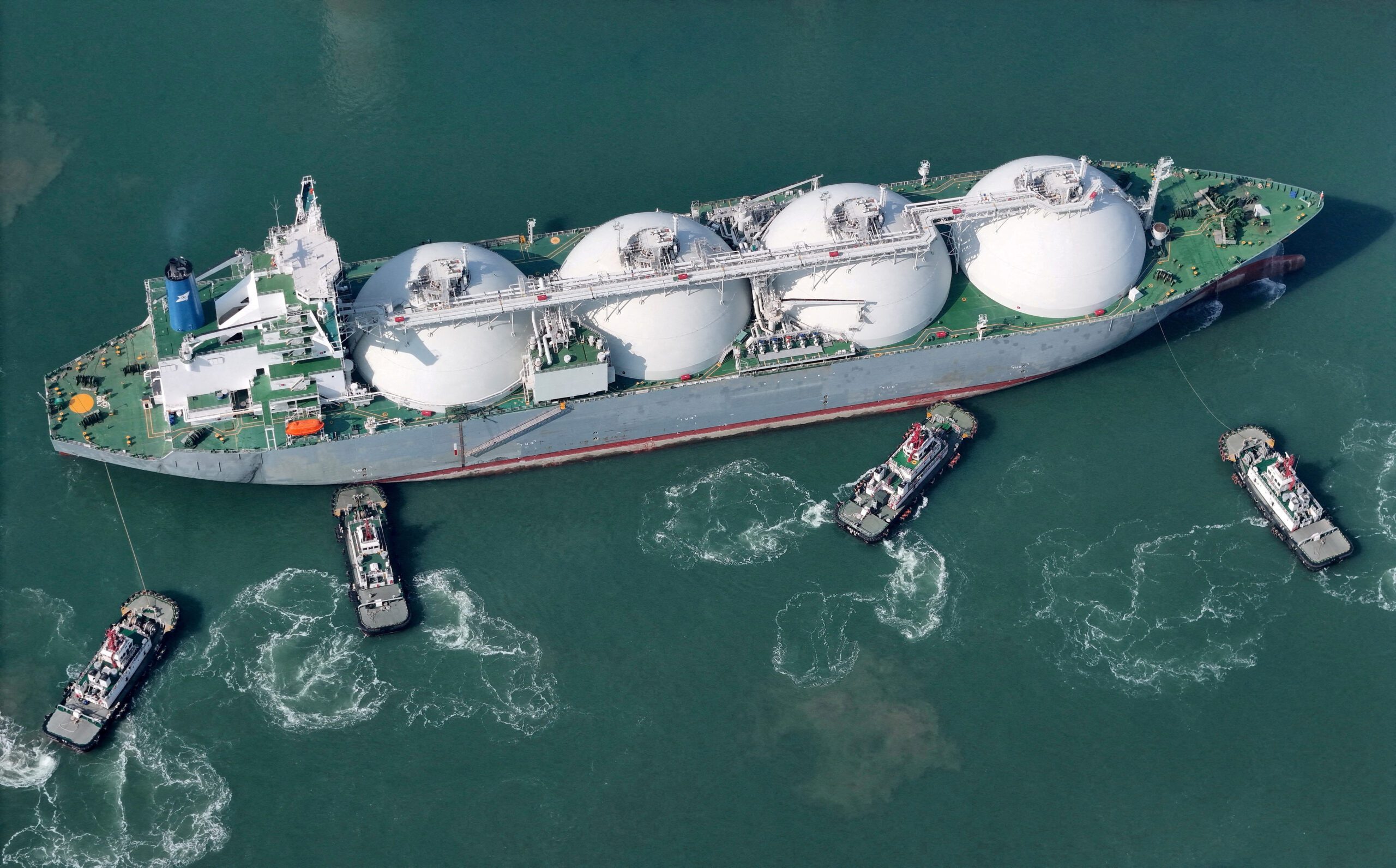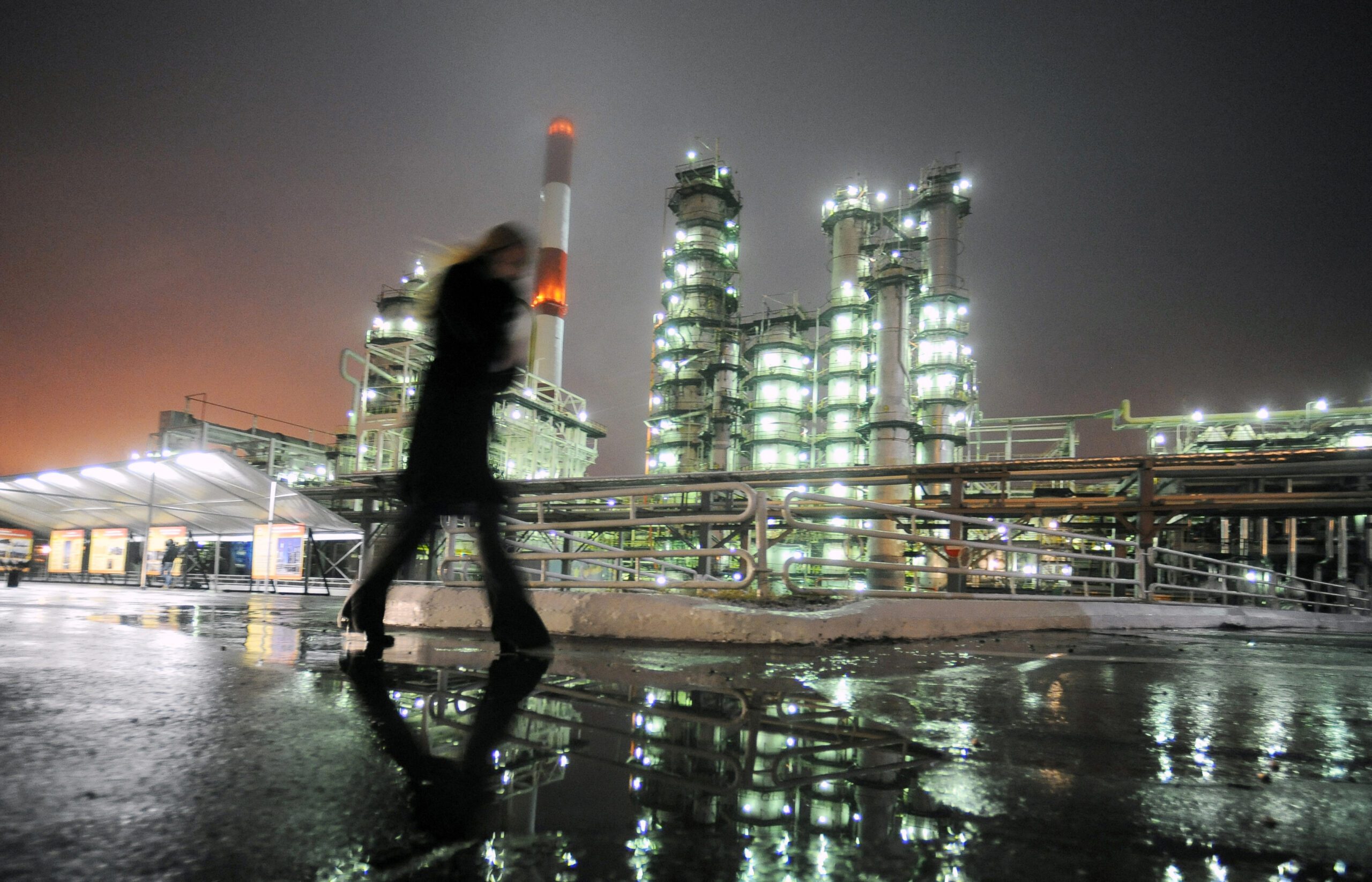By Josh Saul
Jul 29, 2025 (Bloomberg) –The first US-flagged boat that can bury the undersea cables to connect offshore wind turbines to the power grid on land has started work within view of the Statue of Liberty and the New York City skyline.
The Marmac 306, a 300-foot (91-meter) barge built in Louisiana by Norwegian cable company Nexans SA and operated by US maritime company Crowley Maritime Corp., started work this month. It’s digging a trench for the cables that will transmit the electricity generated by Equinor ASA’s $5 billion Empire Wind 1 project all the way to the Brooklyn power grid.
The fact that the Marmac 306 was built domestically means that it can transport cables within the US and bury near-shore cable where that would be illegal for a foreign vessel. The barge is exactly the kind of ship the US needs to build its capacity to power coastal cities without warming the climate.
But by the time it arrived in New York Harbor, the odds of the US doing that in the near term had crashed.
In recent years, offshore wind developers have faced soaring costs due to Covid-19-caused disruptions and rising interest rates, forcing project cancellations and billions of dollars in write-downs. Then President Donald Trump, who hates offshore wind, returned to the White House and said he didn’t want to see any turbines installed while he was in office. He even halted work on Empire Wind for several weeks this spring, before letting work resume upon reaching a deal with New York’s governor.
Trump’s new tax law also speeds up the phaseout of tax credits the sector has relied on. Since Trump’s re-election, BloombergNEF’s forecast for new offshore wind developments has fallen by 56%.
Read more: US Green Project Cancellations Hit $22 Billion in First Half
The ship nevertheless represents a milestone for US clean energy, developers say, as work grinds along on the first offshore wind farm that will connect directly to the Big Apple.
“This cable will provide power to over 500,000 homes, so it’s a huge step in renewable energy,” said Catherine Teige, a marine project engineer at Nexans who runs the day-to-day work of burying the cable. Speaking via Zoom from one of the shipping containers that serves as an office aboard the boat, she said, “A lot of tourists come to see this view, when I’m just going to work.”
Assembly of the vessel involved taking a standard Marmac barge — SpaceX reportedly uses the same type to retrieve its rockets from the ocean — and attaching the cranes, vertical injector, winches and all the other necessary equipment. “It went from a flat-deck barge to this construction barge in a little over a year,” said Teige, who oversaw that work in Louisiana.
The Marmac 306 is currently excavating the trench where it will later lay the cable. The vertical injector, a massive piece of machinery that looks a bit like a metal hockey stick, hangs from the side of the boat down below the waves where it shoots jets of water into the seabed to blast out a 15-foot-deep ditch. The boat travels slower than a toddler walks, and so far its top speed when it’s trenching is just 20 feet a minute.
A crew of about 40 workers, from mariners to carpenters, staffs the boat for each 12-hour shift. The out-of-towners stay at a nearby Sheraton and everyone takes a crew transport vessel that boards in the Brooklyn Navy Yard and sails under the Manhattan and Brooklyn Bridges to reach the Marmac. While the Empire Wind farm lies 15 to 30 miles off the southern coast of Long Island, the Marmac will only lay the cable out to near Coney Island in South Brooklyn, with other vessels taking over the job in deeper water.
Equinor took a $955 million write-down on Empire last week, driven by regulatory changes in the US and the fact that company is unlikely to pursue the second stage of the wind farm. There is “very little probability” that more offshore wind projects will get developed in the US in the “foreseeable future,” Equinor Chief Financial Officer Torgrim Reitan said in a Bloomberg TV interview.
That leaves the Marmac 306 and other ships built to develop and service US offshore wind farms with a lot less work than their owners had planned for. Dominion Energy Inc.’s 472-foot Charybdis, for example, will work on the utility’s massive wind farm off the coast of Virginia but will see fewer developments that need its services after that.
Nexans plans to use the Marmac 306 to transport cable in the US after it finishes its work for Empire. The vessel can also be reconfigured for other kinds of work, from linking power grids to connecting offshore oil and gas operations, and it could even go to Europe.
For now, though, the boat is busy digging its trench, with Teige watching the data so she can adjust the vessel’s positioning and the vertical injector’s water pressure as it encounters harder or softer soil.
“It’s nice to be working in my backyard, for sure,” said Teige, who sailed through the harbor when she attended maritime college in the Bronx and looks at the skyline when she can grab a break. “It’s soothing when you’ve had a tough day of work.”
To contact the author of this story:
Josh Saul in New York at [email protected]
© 2025 Bloomberg L.P.

 Join The Club
Join The Club











